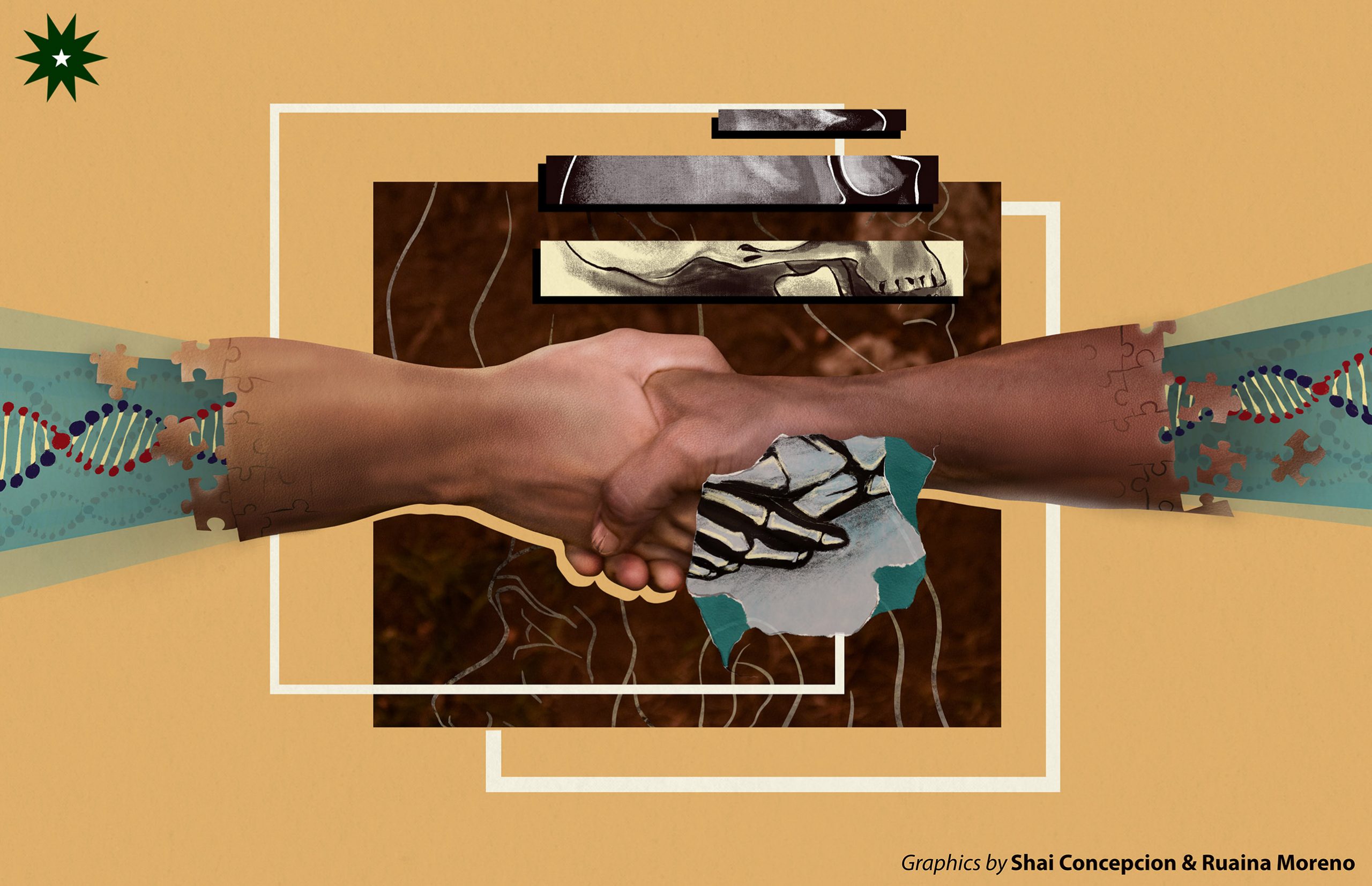As we continue to explore the evolutionary puzzle of human origins, we often unearth previously unknown facts and develop theories about how modern humans came to be. One such study—co-authored by Dr. Alan Rogers, Dr. Nathan Harris, and Alan Achenbach of the University of Utah—has recently documented the earliest known interbreeding event between ancient human populations. Titled Neanderthal-Denisovan ancestors interbred with distantly related hominin, the paper digs deeper into the hidden stories woven in the history of human evolutionary lineages.
A tree with many branches
Evolution has not been a straight line through time. Similar to the branches of a tree that spread outward and away from the central trunk, the many branches of evolution represent either existing or extinct species that all originate from the first single-celled organism from around 4.28 billion years ago. Through the efforts of generations of paleoanthropologists, we can trace our lineage as Homo sapiens back to the origins of life on Earth.
In their study, Rogers and his colleagues discovered that the Neandersovans—ancestors of our genetically related cousins, the Neanderthals and the Denisovans—had interbred with a distantly related hominin species. These hominins, or primates directly ancestral to humans, were dubbed the Superarchaic. As of writing, not much is known about the species except that it had “separated” from other ancestral hominin lineages around two million years ago.
Expressing his insights on the discovery, Rogers tells The LaSallian that the populations of the Neandersovans and the Superarchaics “have been separated for over a million years, and it was [previously unknown] that human populations could still interbreed over that long of a separation.” The findings served as a piece of evidence, Rogers explains, that helps answer the question of speciation or the evolutionary process by which new and distinct species are formed from existing lineages.

Solving the puzzle
In their research article, the scientists revealed that the study began “with a puzzle”. The project began after Rogers’ team and another team of anthropologists could not conclude whether Neandersovans experienced a radical decrease in their population size for a given time period. Furthermore, the Neanderthals’ subsequent population growth after the split from the Denisovans could not be confirmed at the time.
In an attempt to address these questions, Rogers and his group examined the statistical models that both teams used in their research and found that there was “something missing” that could resolve all the inconsistencies that they had encountered so far. To investigate this missing element, the scientists developed a new model.
This new statistical model took into consideration the scenarios that could explain these discrepancies. The scientists looked at the genomes—the entire set of genes or inheritable units of an organism—of Neanderthals and of modern Europeans and studied how these populations’ gene pools have changed through time, allowing a focused analysis of the genetic variations among hominin lineages.
Barring other factors, breeding confined within the same species would tend to have a rather consistent gene pool over time, whereas interbreeding with a distinct other species would markedly introduce genetic variation or alterations in the population’s gene pool. This model led Rogers and his team to a new conclusion: the earliest interbreeding event between the Superarchaic and Neandersovan populations occurred around 700,000 years ago.
Their results also suggest that the Neanderthals and Denisovans split earlier than what was previously thought, and that the Neandersovans indeed experienced a bottleneck in population size.
To the future
Rogers emphasizes that this study is still pertinent to research involving more recent events. The newfound discovery on the episode of hominin interbreeding may change the way researchers map out the timeline and details of human evolution, reducing bias in future research estimates and producing more accurate results. Manifesting a more precise map of our ancestral history could prove helpful for scientists who plan on investigating other events relevant to the emergence of modern humans and other hominin populations.
“This is one way that [the results] might affect our inferences about recent parts of human evolution. We might discover that some [facts may be] wrong,” Rogers remarks, explaining how the team’s research can also contribute to clearing up prior assumptions about human lineages.Ever since the dawn of time, humanity has always sought to find answers about the origins of its existence on Earth. Despite the many mysteries of human origin unshrouded by scientists, there is still plenty of history to unearth. With every fossil and discovery, we learn more about ourselves, our ancestors, and our long-extinct cousins. We learn how they lived, what drove them to extinction, and how we, H. sapiens, became the latest survivors in the story of human evolution.
